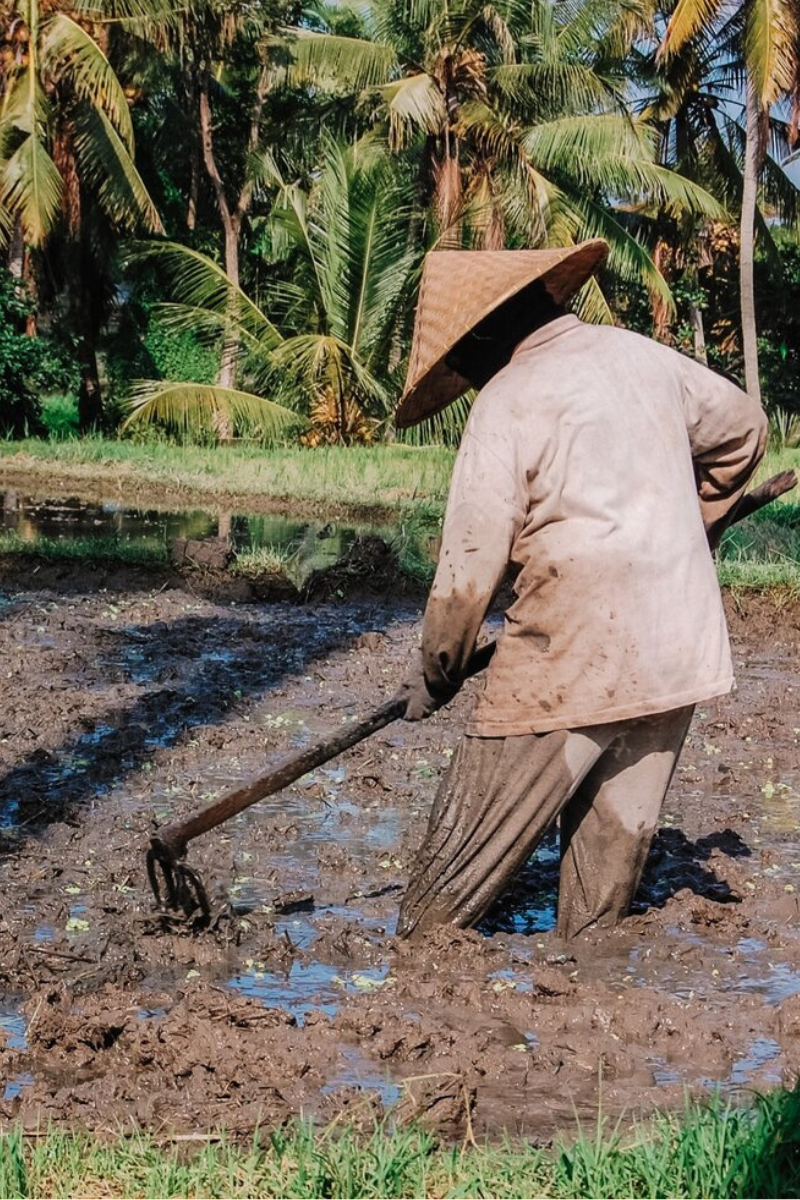

Coffee culture is more apparent in some places than others. In a country made up of over 17,000 islands? Each one is bound to have unique rituals and drinks starring our favorite bean! This place is the largest Muslim nation in the world, where over 700 languages are spoken among more than 300 different ethnic groups. Let us introduce you to one of the top coffee producing countries in the world: Indonesia. We mean it when we say each island in this country is special. Many people know of Sumatra, Java, Borneo, Bali and Sulawesi because of their beauty and booming tourism industries. Does the name “Sumatra” sound familiar to you? You’ve probably seen it on bags of coffee in your favorite shops. And what about the island of Java? You guessed it- the fact that this drink is sometimes called java is NO coincidence! Indonesia has a long history with coffee, which is why so many varieties are named after its islands. There’s also a very special coffee many people are shocked to hear about at first called “kopi luwak”. Coffee cherries are fed to civets (a cat like animal) who have special chemicals in their gut that ferment the beans as they pass through. Once it exits the civet’s back-end, the beans are collected, washed thoroughly and roasted. They have an outer shell that is then broken off, so the inside of the bean actually never touches the civet’s intestines or their contents. Indonesian coffee drinks are known for using distinctingredients. You can find brews that include pandan leaf, lemongrass, cloves and more. Our favorite is known as “kopi jahe” made with zingy ginger for an extra kick. As a bonus it’s naturally vegan and dairy free because it uses coconut milk, so everyone can give it a try.



Ingredients



Coconut milk
Place cardamom, cinnamon, ginger sugar and coffee into your French press. Boil 4 cups of water and pour over grounds mixture in a circular motion. Let steep for 4 minutes before plunging. Pour into your mug, top with desired amount of coconut milk and serve. So much flavor in one drink right?!
Indonesian Food
Indonesian food is a lot like that, too. It’s full of flavorful spices that are balanced out by carbohydrates like noodles and rice. The country’s lush jungles are perfect for growing a variety of fruits and vegetables you can find at any roadside stand. The food is characterized by the birds and boars that roam these mountainous regions, as well as the fish and seafood caught right off the coast. As we’ve mentioned before, many Asian countries prefer savory breakfasts. Common dishes you can enjoy include nasi goreng (fried rice), bubur ayam (rice porridge with various toppings) and gado gado (a salad made of vegetables, tofu, tempeh, eggs and peanut sauce). A popular snack that goes great with this coffee is called “pisang goreng”, which just means fried banana! Something many of us in the western world don’t realize about bananas is that while we mostly eat one variety called Cavendish, there are more than a thousand other kinds around the world. Small bananas, fat bananas, bananas with red skin, you name it! Traditionally, saba bananas are used for this dish. If you can find them at your local Asian grocer we highly recommend them for their sweet flavor, but regular Cavendish bananas will work as well. To make this more of a meal, try serving alongside coconut sticky rice for a fuller combination. Bonus: these are ALSO vegan and gluten free because they use rice flour!

Ingredients
8 saba bananas (or 4 Cavendish, cut in half)
½ cup rice flour
Step 1: Using a medium-size skillet, heat 2 inches of oil for frying. You can tell if the oil is hot enough by dropping a bit of batter in and seeing if it sizzles.
Step 2: Peel your bananas.
Step 3: Whisk together the rice flour, baking powder, baking soda, sugar and salt in a mixing bowl.
Step 4: Add ½ cup water and combine to form the batter.
Step 5: Coat the bananas with the batter and deep-fry until golden brown and crispy, about 3-4 minutes.
Step 6: Remove bananas and drain on a wire rack to remove excess oil.
Serve immediately (but be careful, they’ll be hot!).
